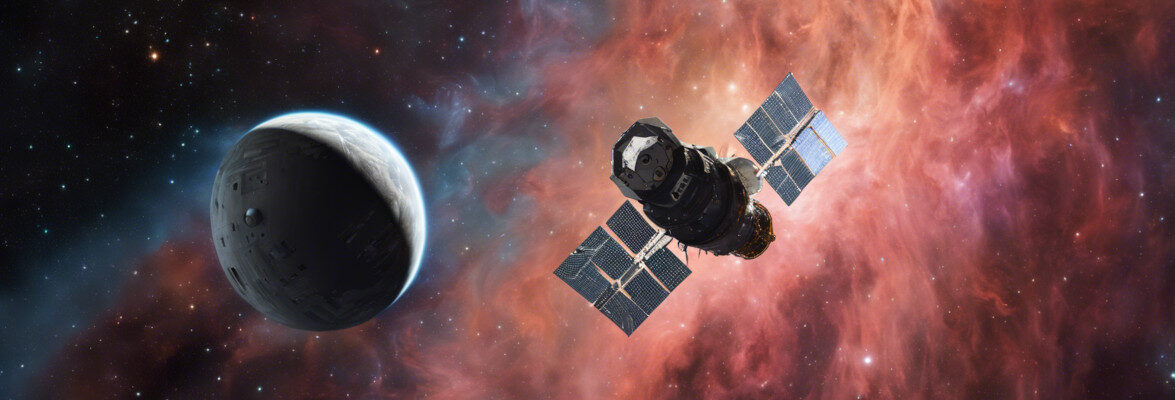
The amount of dust in the Kuiper Belt suggests it may be much larger than expected
An article published in “The Astrophysical Journal Letters” reports a study of the presence of dust in the Kuiper Belt which suggests that it may be much more extended than previously thought or that there’s a second Belt outside the known one. A team of researchers used detections conducted with NASA’s New Horizons space probe’s Venetia Burney Student Dust Counter (VBSDC, or simply SDC) instrument to support these possibilities. That’s because current models indicate that dust density should decrease in the area where New Horizons is traveling, where detections are higher than expected.





